
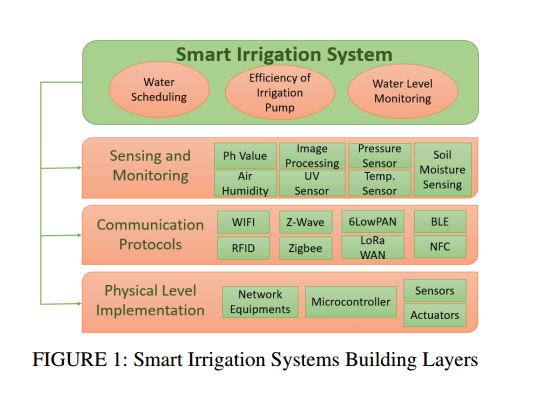
Countries are collaborating to make agriculture more efficient by combining new technologies to improve its procedure. Improving irrigation efficiency in agriculture is thus critical for the survival of sustainable agricultural production. Smart irrigation methods can enhance irrigation efficiency, specially with the introduction of wireless communication systems, monitoring devices, and enhanced control techniques for efficient irrigation scheduling. The study compared on a wide range of study subjects to investigate scientific approaches for smart irrigation. As a result, this project
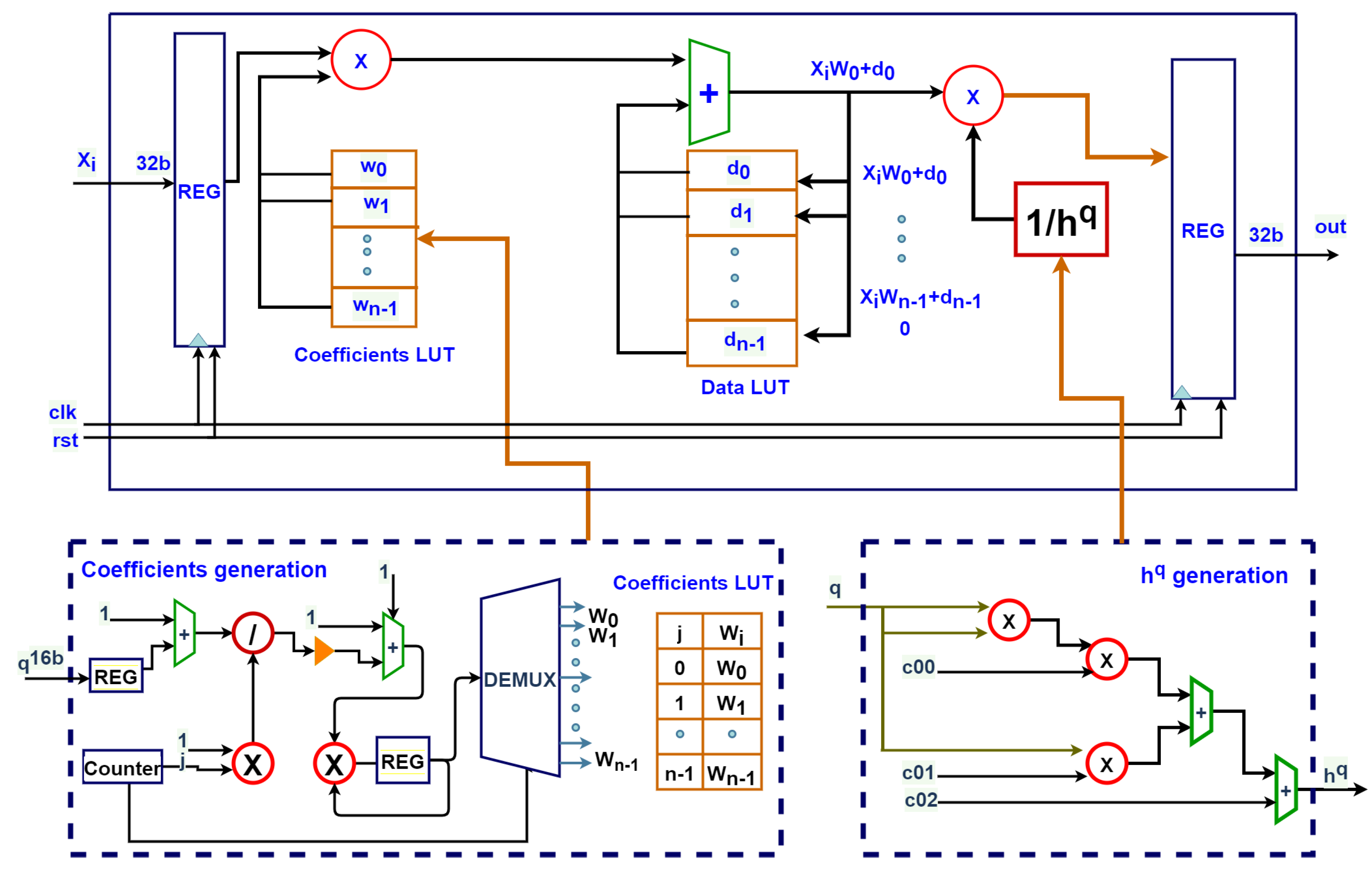
This paper proposes a generic FPGA realization of an IP core for fractional-order integration and differentiation based on the Grünwald–Letnikov approximation. All fractional-order dependent terms are approximated to simpler relations using curve fitting to enable an efficient hardware realization. Compared to previous works, the proposed design introduces enhancements in the fractional-order range covering both integration and differentiation. An error analysis between software and hardware results is presented for sine, triangle and sawtooth signals. The proposed generic design is realized
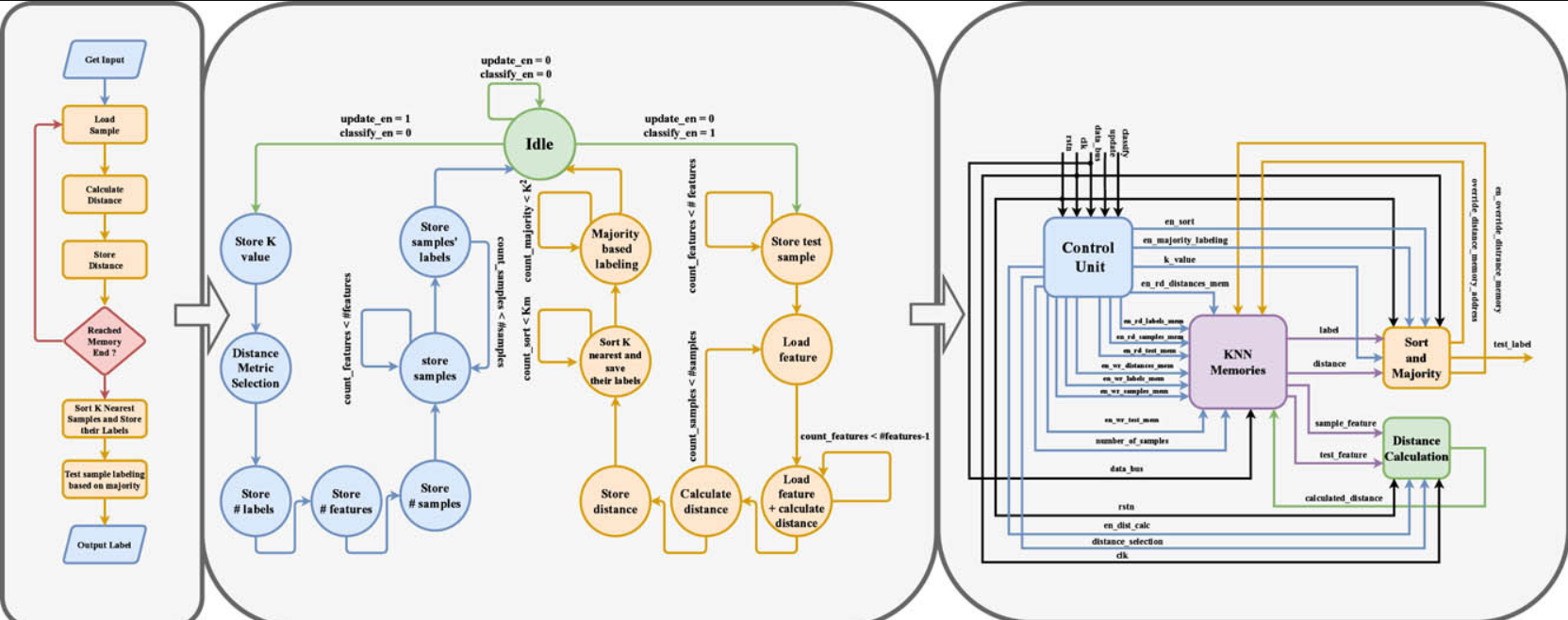
Nowadays, Machine Learning is commonly integrated into most daily life applications in various fields. The K Nearest Neighbor (KNN), which is a robust Machine Learning algorithm, is traditionally used in classification tasks for its simplicity and training-less nature. Hardware accelerators such as FPGAs and ASICs are greatly needed to meet the increased requirements of performance for these applications. It is well known that ASICs are non-programmable and only fabricated once with high expenses, this makes the fabrication of a complete chip for a specific classification problem inefficient
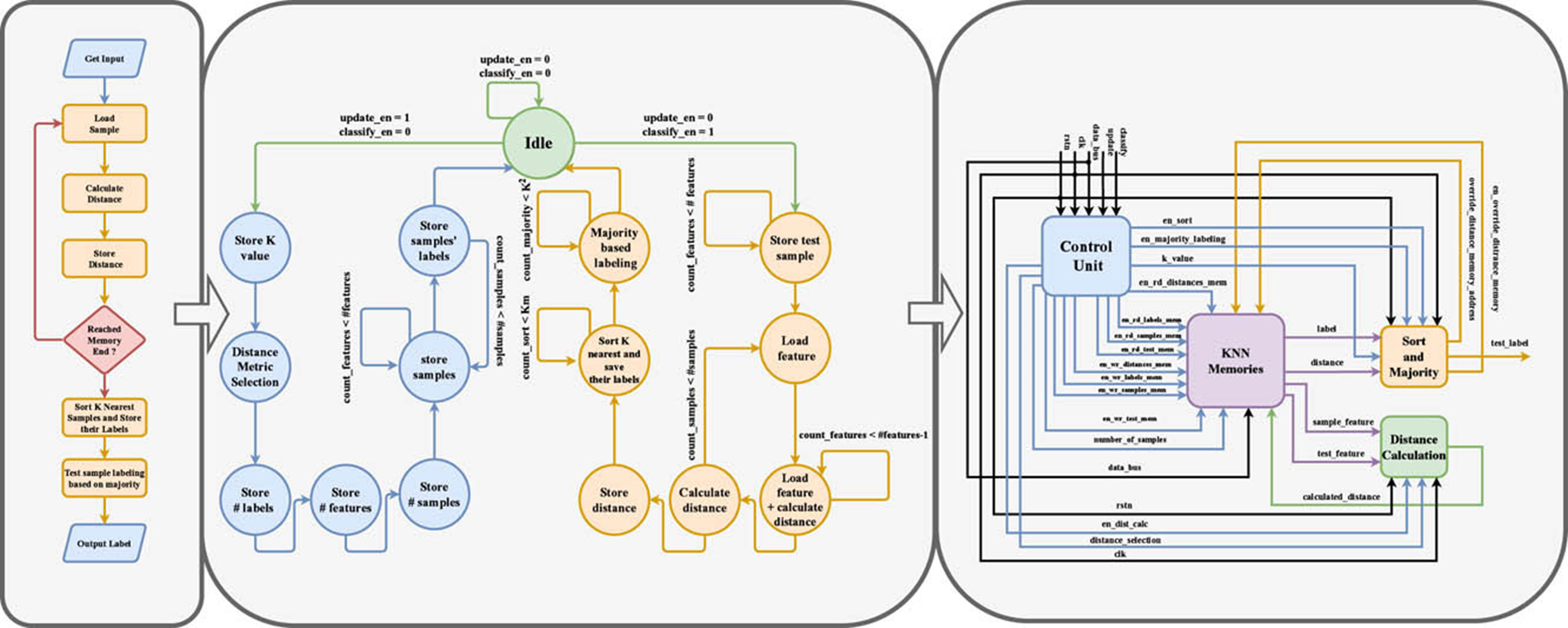
K Nearest Neighbors (KNN) algorithm is a straight-forward yet powerful Machine Learning (ML) tool widely used in classification, clustering, and regression applications. In this work, KNN is applied, with three distance metrics, to classify different datasets, experimentally testing each distance metric effect on the classification performance. A static K is applied for the whole dataset optimally chosen based on a 5-fold cross-validation. A reconfigurable hardware realization on field programmable gate array (FPGA) of each distance metric applying selection sort algorithm is proposed. The
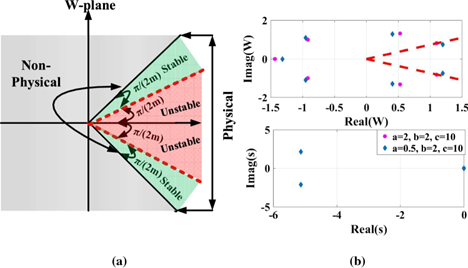
Unfortunately, in the original version of the article some typos occurred. The typos have been corrected with this erratum. Below are the corrections:(Formula presented.). © 2019, Springer Science+Business Media, LLC, part of Springer Nature.

Multiply-Accumulate (MAC) is one of the most commonly used operations in modern computing systems due to its use in matrix multiplication, signal processing, and in new applications such as machine learning and deep neural networks. Ternary number system offers higher information processing within the same number of digits when compared to binary systems. In this paper, a MAC is proposed using a CNTFET-based ternary logic number. Specifically, we build a 5-trit multiplier and 10-trit adder as building blocks of two ternary MAC unit designs. The first is a basic MAC which has two methods to
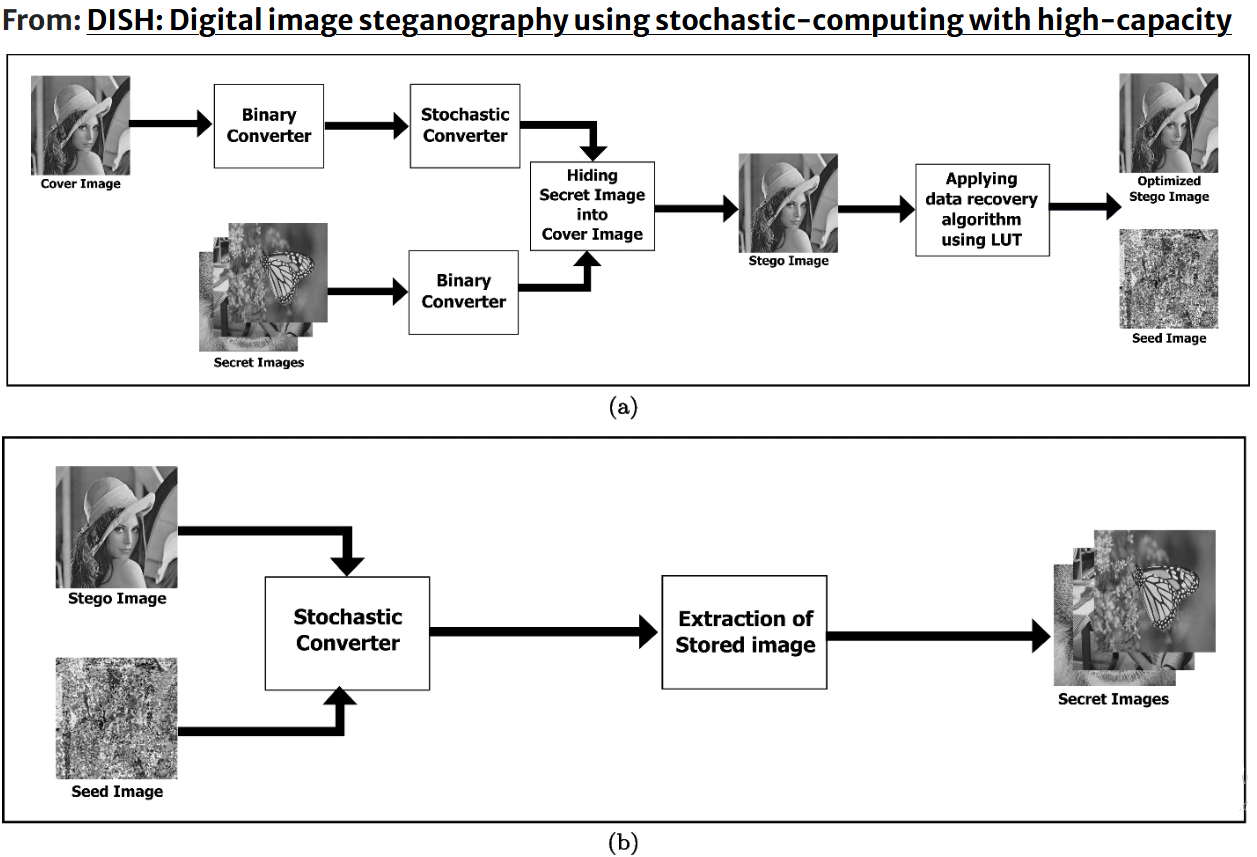
Stochastic computing is a relatively new approach to computing that has gained interest in recent years due to its potential for low-power and high-noise environments. It is a method of computing that uses probability to represent and manipulate data, therefore it has applications in areas such as signal processing, machine learning, and cryptography. Stochastic steganography involves hiding a message within a cover image using a statistical model. Unlike traditional steganography techniques that use deterministic algorithms to embed the message, stochastic steganography uses a probabilistic
This paper proposes an algorithm and hardware realization of generalized chaotic systems using fractional calculus and rotation algorithms. Enhanced chaotic properties, flexibility, and controllability are achieved using fractional orders, a multi-scroll grid, a dynamic rotation angle(s) in two- and three-dimensional space, and translational parameters. The rotated system is successfully utilized as a Pseudo-Random Number Generator (PRNG) in an image encryption scheme. It preserves the chaotic dynamics and exhibits continuous chaotic behavior for all values of the rotation angle. The
In this paper, an automated universal verification methodology (UVM) tool for rapid functional verification is presented. Now, UVM dominates the verification process but, it is very hard and too complicated to learn. This paper introduces a lightweight UVM tool which allows the user to rapidly verify complex RTL designs and different IPs. Also, it allows the user to perform the simulation for any design under test (DUT). The proposed tool generates the suitable UVM architecture to the DUT with the needed codes. Moreover, it provides the user with statistics about the number of the used classes
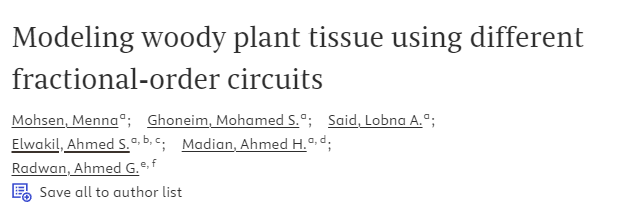
This chapter presents results on the most suitable bio-impedance circuits for modeling woody plants. The modified double-shell, the modified triple Cole-Cole, and the traditional wood circuit models are compared for fitting experimentally measured data. Consequently, a modified circuit model is proposed. This model gives the best results for all interelectrode spacing distances when compared to the other circuits. All impedance data have been measured using the research-grade SP150 electrochemical station in the frequency range 0.1 Hz to 200 kHz. The fitting is done using the Zfit of the